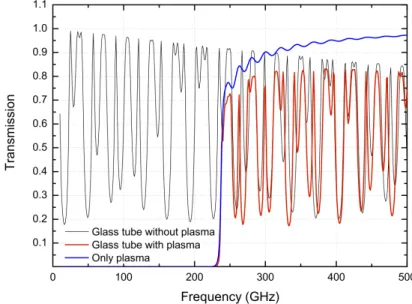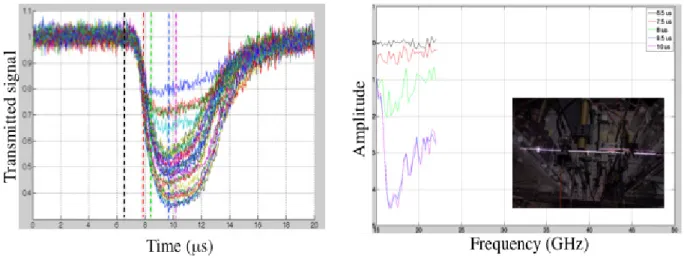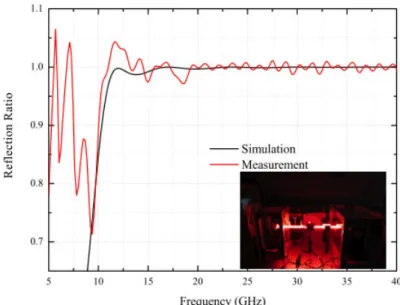High Sensitivity Plasma Electron Density Measurements in Sources for a Proton-Driven Plasma Wakefield Accelerator
Volltext
Abbildung



ÄHNLICHE DOKUMENTE
In all previous tests the method of truncated Taylor series expansion applied on the relativistic Newtons equation of motion for charged particles demonstrated for all selected
W peak PlaTo = 0.79 GeV. The spectrometer in its current configuration cannot deliver reliable quantitative information about energy spread. Since the witness-bunch energies are
Among the main advantages of this acceleration scheme are the high accelerating fields up to tens of GV/m, that can be achieved [ 41 ] and the high possible energy gain in a
To obtain a full picture of the acceleration process, together with the evolution of crucial quality parameters such as emittance and energy spread, the beam setup which uses a
Capillary-discharge plasmas allow for shaped longitudinal density profiles through the capillary design while laser-induced plasmas allow for transverse shaping of the density
[197] Ronald D Ruth, PL Morton, Perry B Wilson, and AW Chao. A plasma wake field accelerator. Brunetti, et al. A compact syn- chrotron radiation source driven by a
Die Behandlung mit PRP/ACP ist eine jüngere Entwicklung, die mit großem Erfolg in der Orthopädie eingesetzt wird.. Das Besondere: Das PRP/ACP wird autolog, also aus Ihrem eigenen
G Wenn zwei oder mehr Sprachen ausgestrahlt werden, können Sie die Sprache über die Taste I/II auf der Fernbedienung auswählen. G Drücken Sie D oder E , um die gewünschte